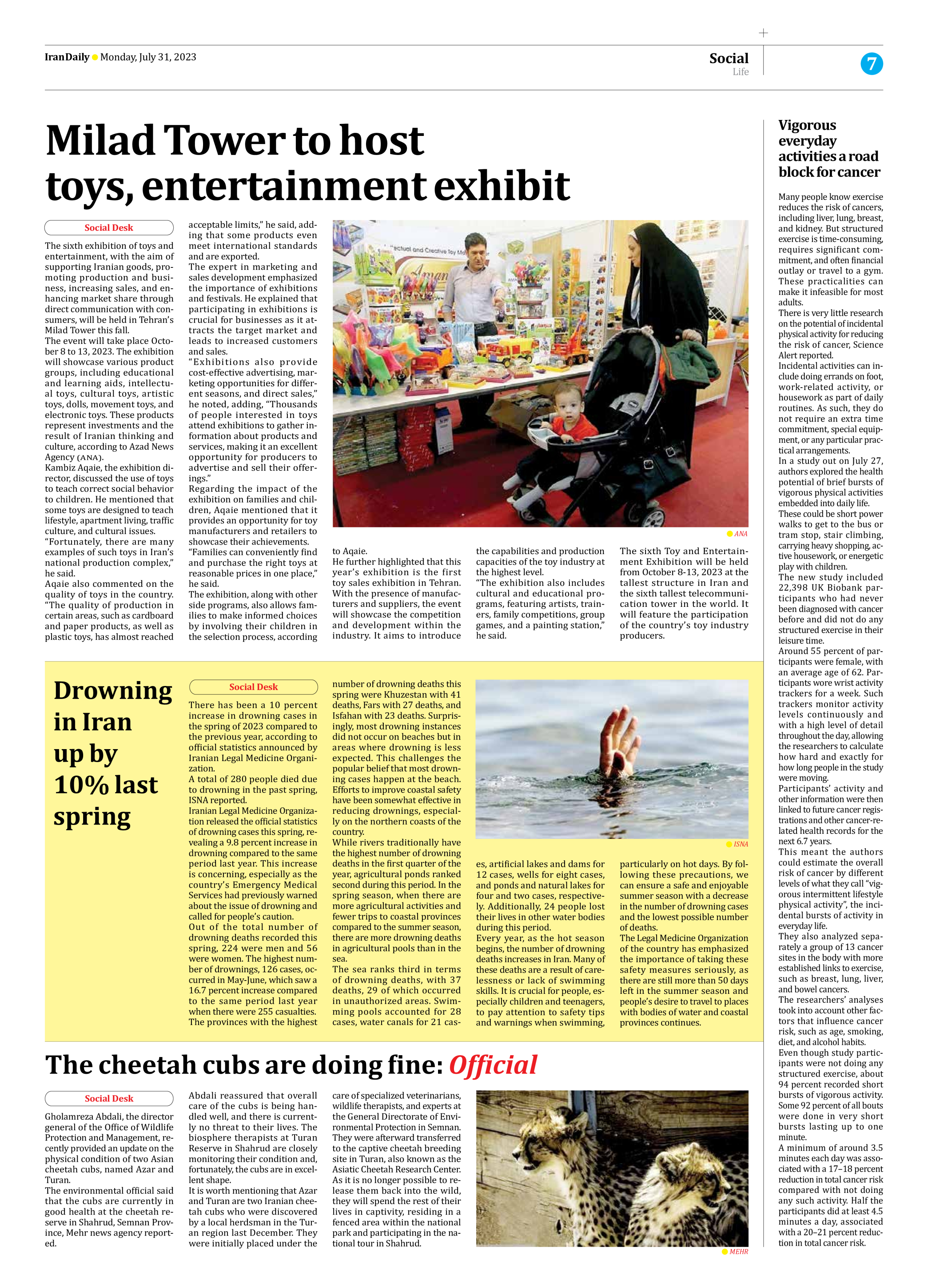
Vigorous everyday activities a road block for cancer
Many people know exercise reduces the risk of cancers, including liver, lung, breast, and kidney. But structured exercise is time-consuming, requires significant commitment, and often financial outlay or travel to a gym. These practicalities can make it infeasible for most adults.
There is very little research on the potential of incidental physical activity for reducing the risk of cancer, Science Alert reported.
Incidental activities can include doing errands on foot, work-related activity, or housework as part of daily routines. As such, they do not require an extra time commitment, special equipment, or any particular practical arrangements.
In a study out on July 27, authors explored the health potential of brief bursts of vigorous physical activities embedded into daily life.
These could be short power walks to get to the bus or tram stop, stair climbing, carrying heavy shopping, active housework, or energetic play with children.
The new study included 22,398 UK Biobank participants who had never been diagnosed with cancer before and did not do any structured exercise in their leisure time.
Around 55 percent of participants were female, with an average age of 62. Participants wore wrist activity trackers for a week. Such trackers monitor activity levels continuously and with a high level of detail throughout the day, allowing the researchers to calculate how hard and exactly for how long people in the study were moving.
Participants’ activity and other information were then linked to future cancer registrations and other cancer-related health records for the next 6.7 years.
This meant the authors could estimate the overall risk of cancer by different levels of what they call “vigorous intermittent lifestyle physical activity”, the incidental bursts of activity in everyday life.
They also analyzed separately a group of 13 cancer sites in the body with more established links to exercise, such as breast, lung, liver, and bowel cancers.
The researchers’ analyses took into account other factors that influence cancer risk, such as age, smoking, diet, and alcohol habits.
Even though study participants were not doing any structured exercise, about 94 percent recorded short bursts of vigorous activity. Some 92 percent of all bouts were done in very short bursts lasting up to one minute.
A minimum of around 3.5 minutes each day was associated with a 17–18 percent reduction in total cancer risk compared with not doing any such activity. Half the participants did at least 4.5 minutes a day, associated with a 20–21 percent reduction in total cancer risk.







